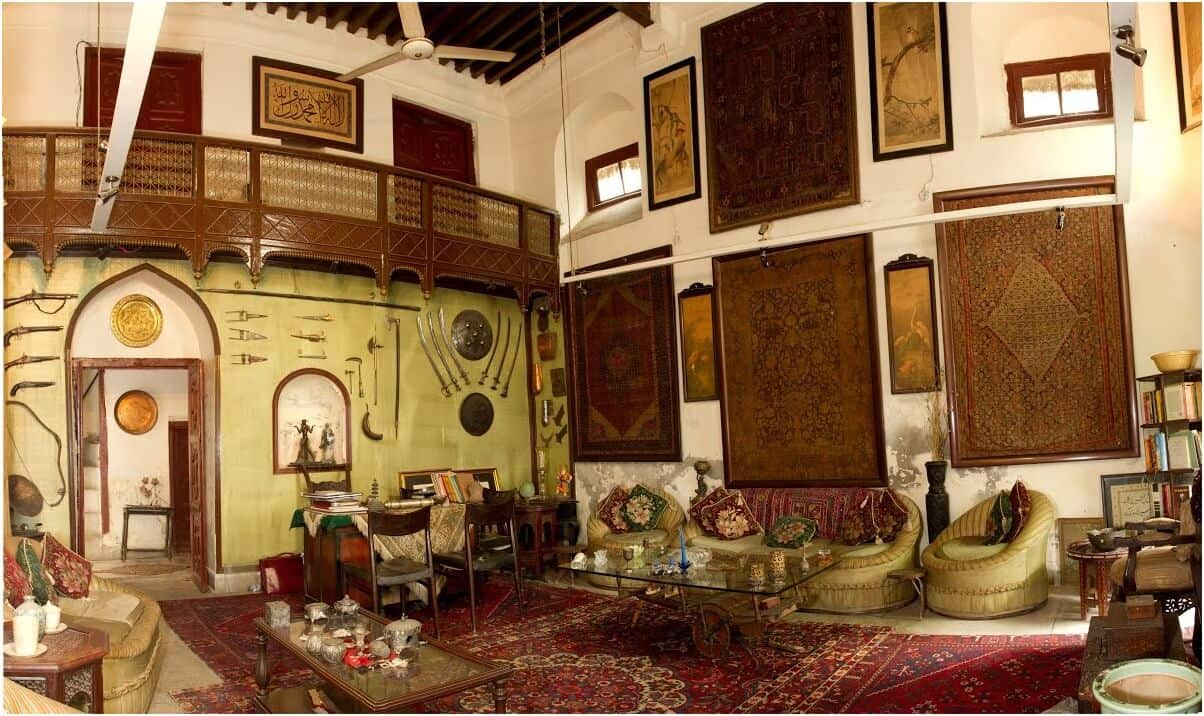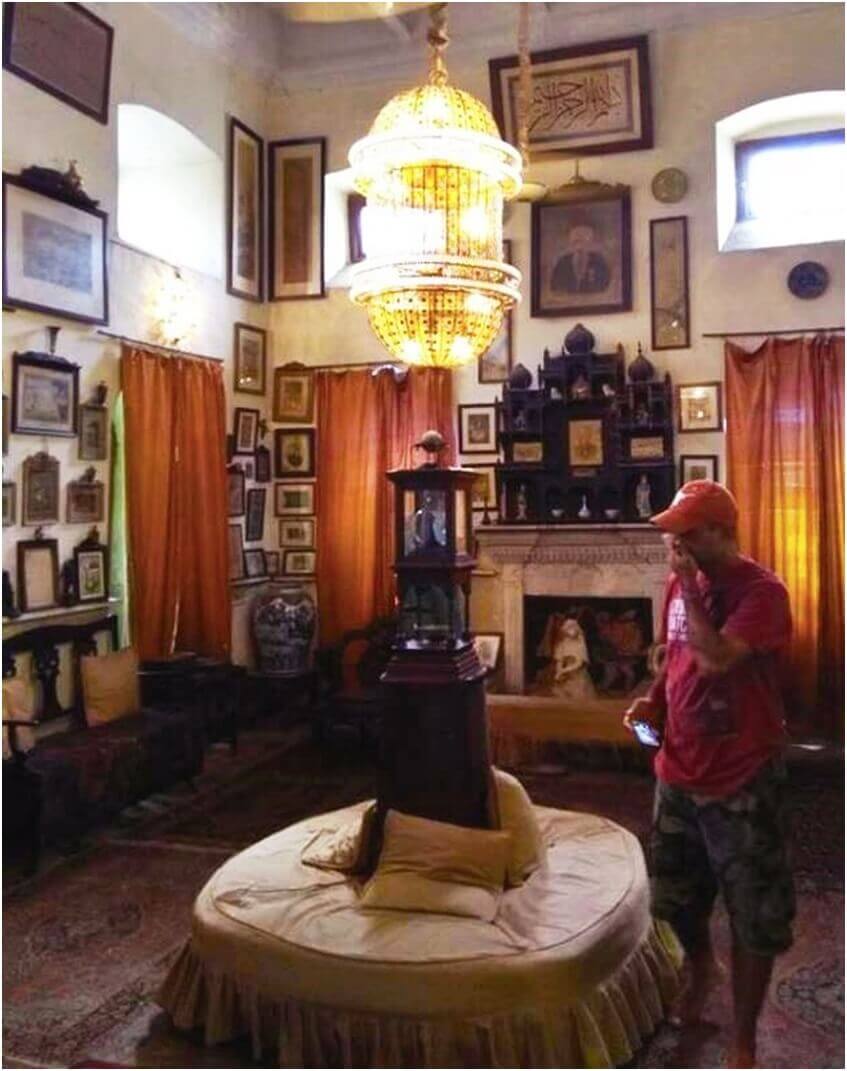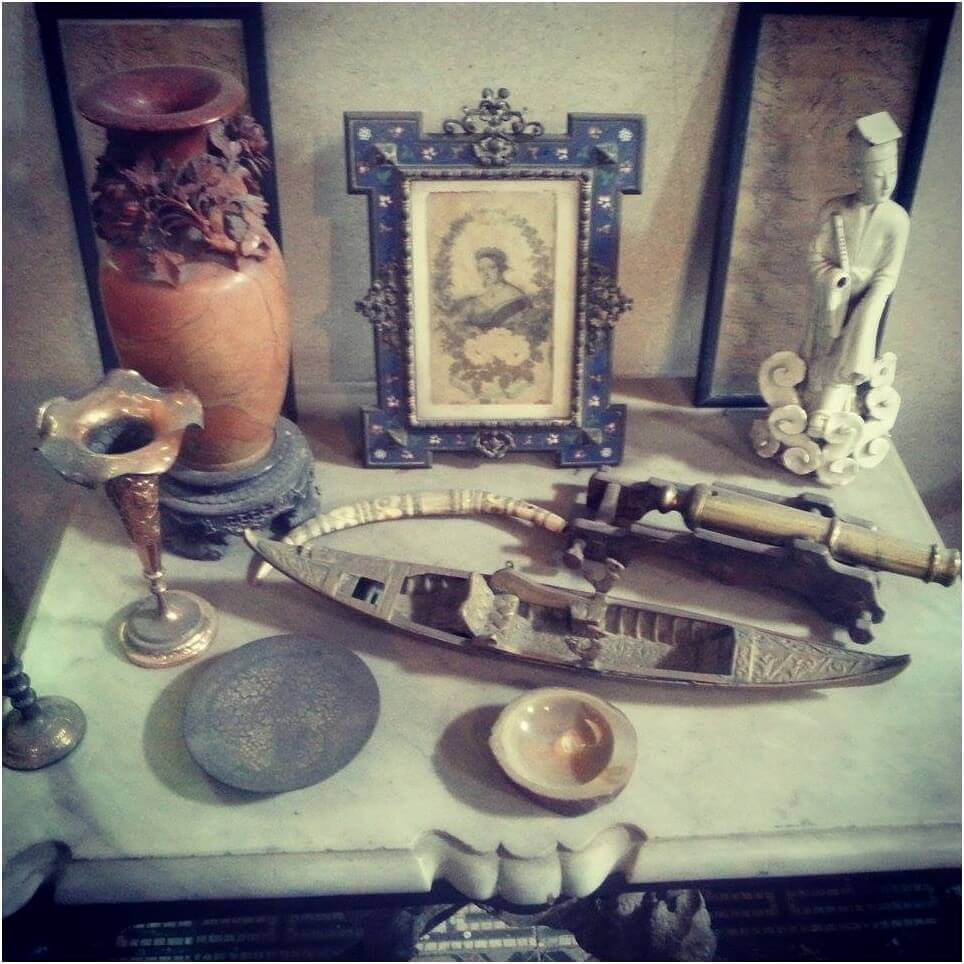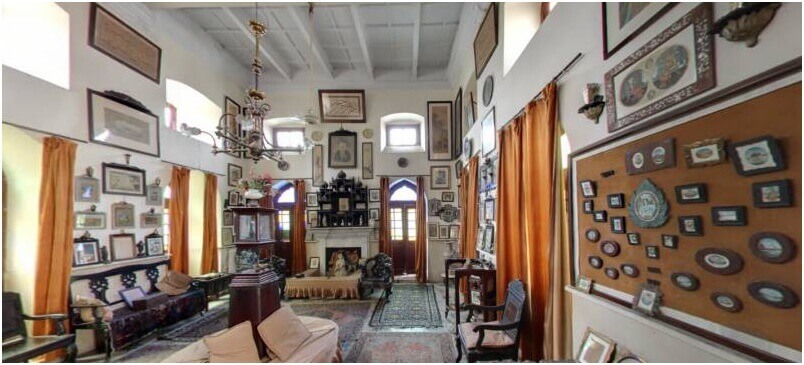
Fakir Khana the house of the humble ones | Fakir Khana Museum Lahore:
Fakir Khana the House of The Humble Ones is one of the largest classified museums in Lahore Pakistan, and has been open to civic since 1901. The building initially belonged to Raja Todar Mal, Finance Minister of Akbar’s darbar (court) of the Mughal territory. It was shortly renovated in the 20th century as a manor housing almost two centuries of history of the exciting life of some of the supreme personalities of the state and era. Fakir Khana Museum is in fact a house curved within out in the logic that what is really ‘private’ in the house, has been finished ‘public’. Right to use to all parts of the building is unrestricted. The Fakir Khana Museum is now being run by the 6th cohort of the Fakir family. It is placed hardly five minutes’ march from Bhatti Gate, one of the renowned 13 gates of the walled city of Lahore.

It is the just in private owned museum standard by the supervision of Pakistan. The history of the museum can be draw back to that of the Fakir family unit that established in Lahore in 1730, where it well-known and ran a publishing house. Above the years, the family has acquired a collected works of ten thousand manuscripts. The Fakir Khana Museum at present houses over twenty thousand variety of art and artifacts surrounding three centuries, from the 18th to the 20th.The diminutive Hall is the most striking of all the segments of Fakir Khana Museum, with demonstrate collection having been preserved for three parts of a century.

Calligraphy is considered a prominent type of Art in Islam. Primarily used for writing Quran and Hadith, the initial shape of Islamic Calligraphy was completed in Kufic writing. The initial work of calligraphy in Fakir Khana is the written by hand Quran written in Kufic Script. The fabric compilation approximately exclusively belongs to 19th century Sikh era. Places of interest contain a excellent Kashmiri shawl supposed to have been hold by Maharani Jinda, the beloved wife of Maharajah Ranjit Singh, leader of Punjab.

The ceramic collected works comprises of old Chinese, Russian, French, Japanese, Korean, English, German, and Dutch cutlery. The most antique piece of the set is the Japanese crackelein of the 18th Century. This jewel is from Shah Jehan’s weaving plant in Lahore, and is also identified as “The General’s Carpet.”Upon originally focusing on its drawing, flowers, vases and birds are evident in the pattern. On additional concentration, a human face natural fiber in also becomes obvious.
